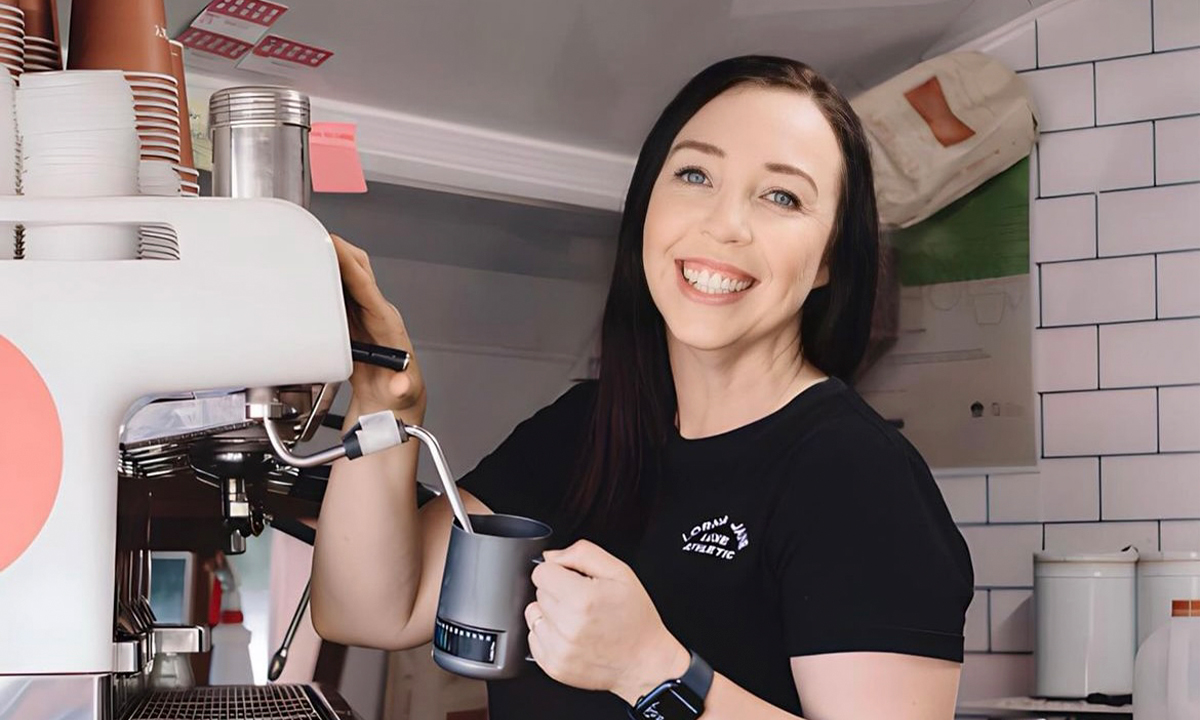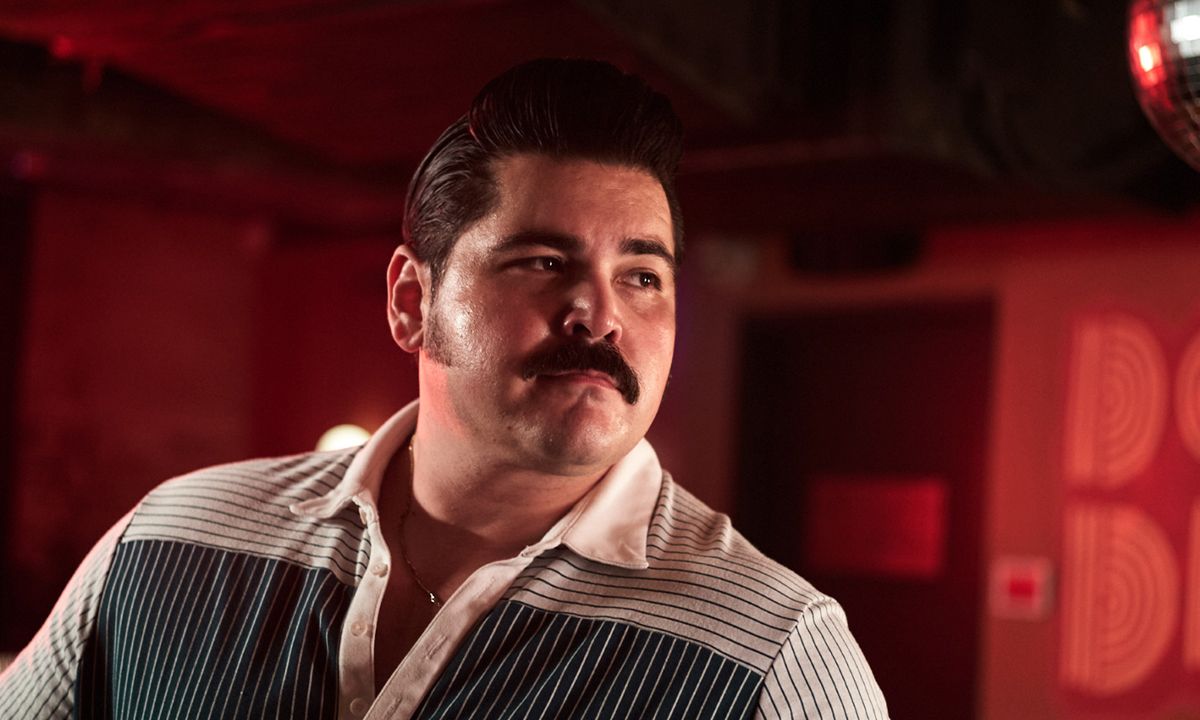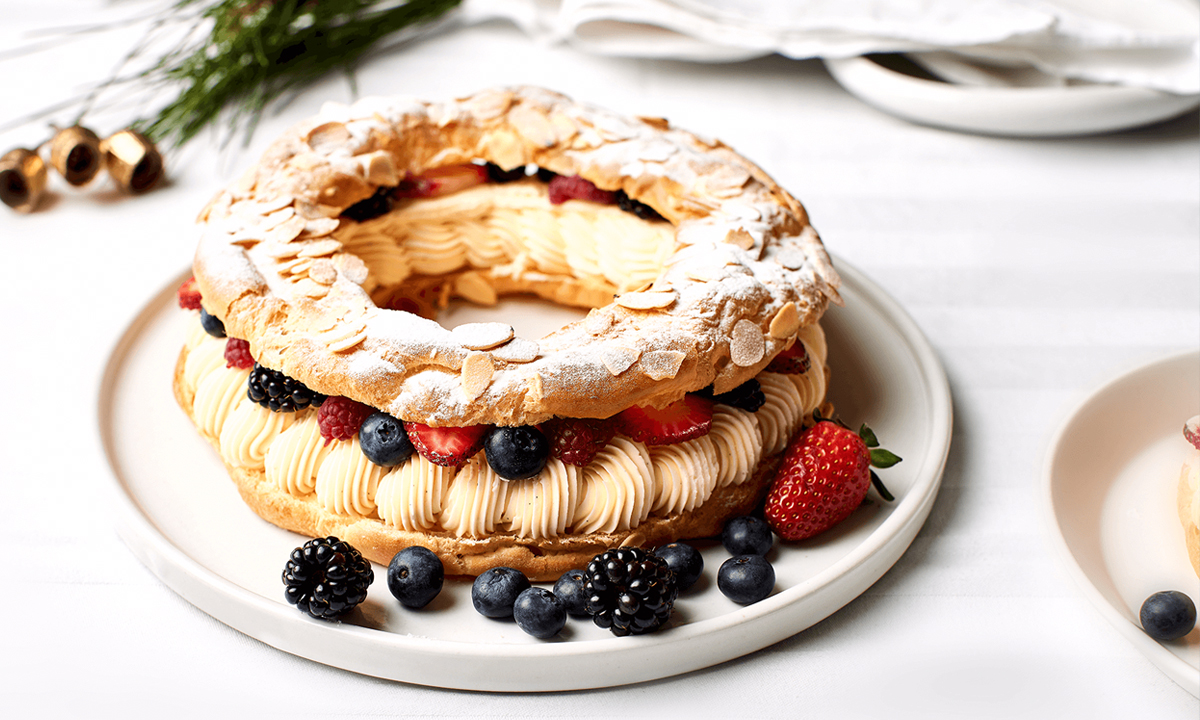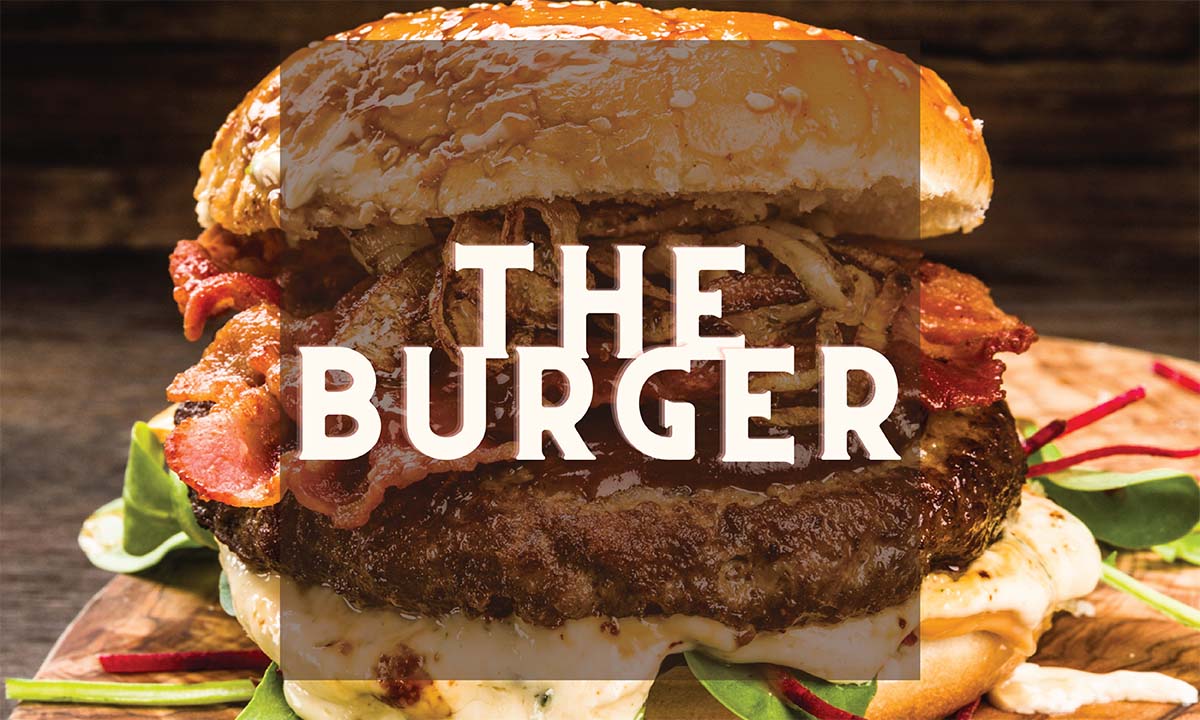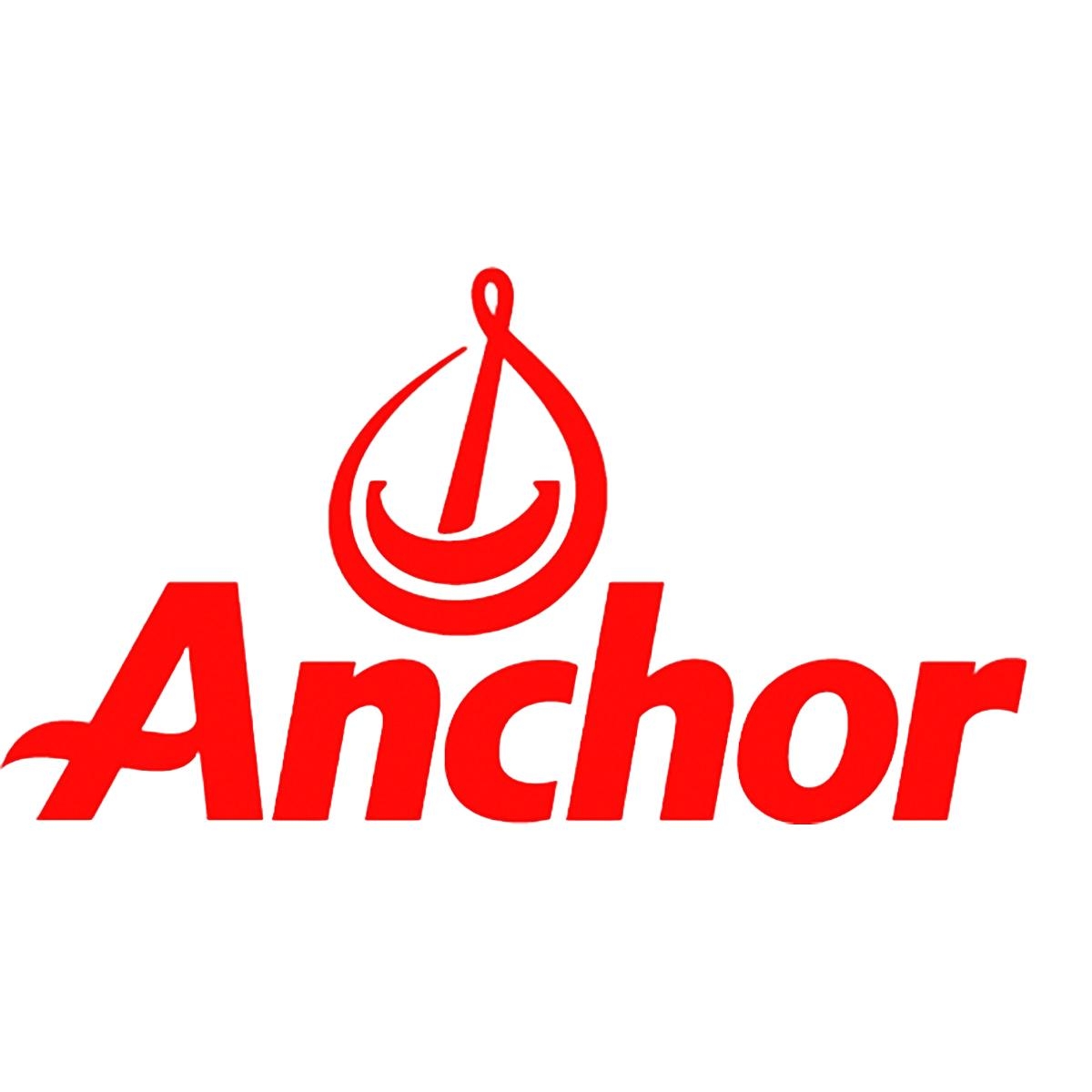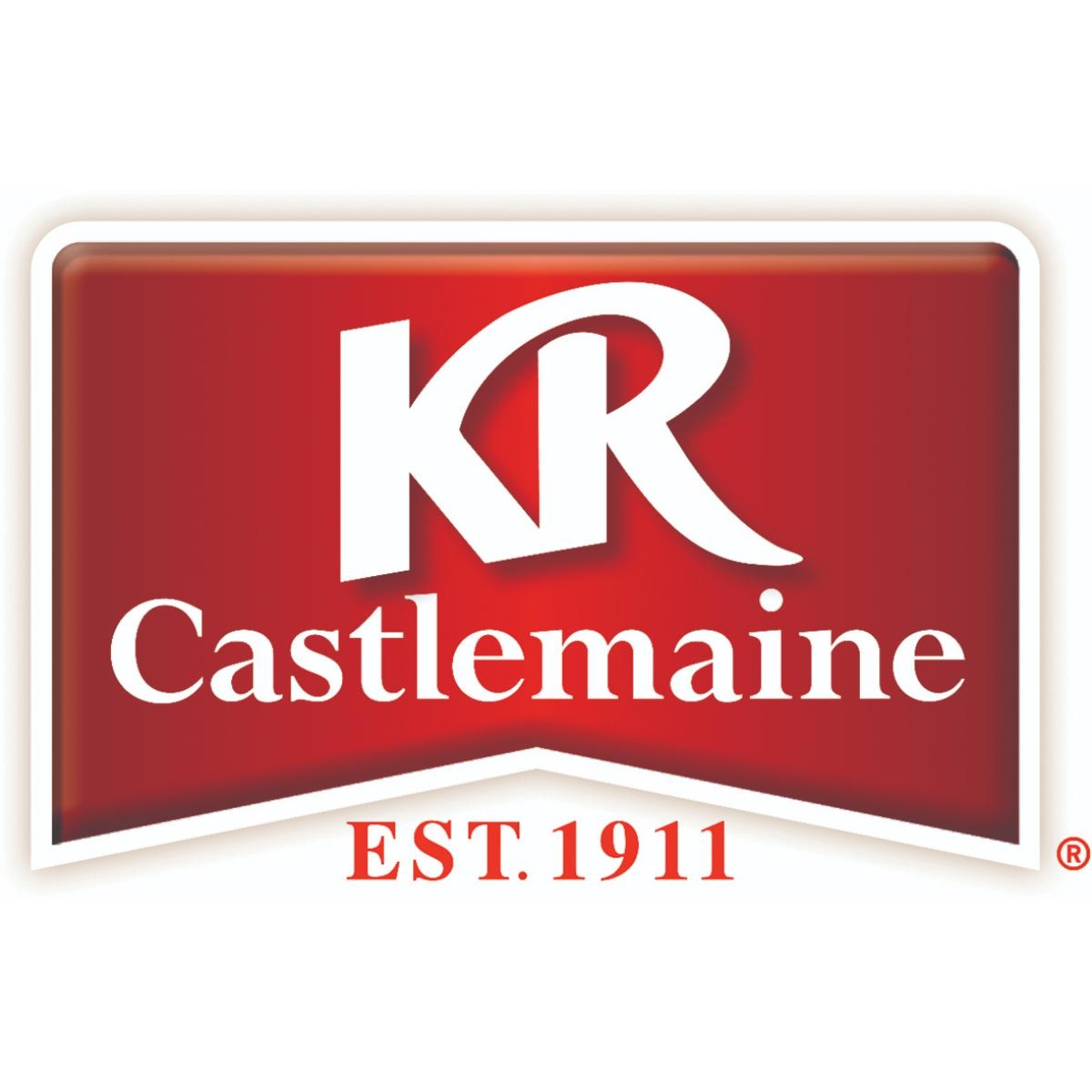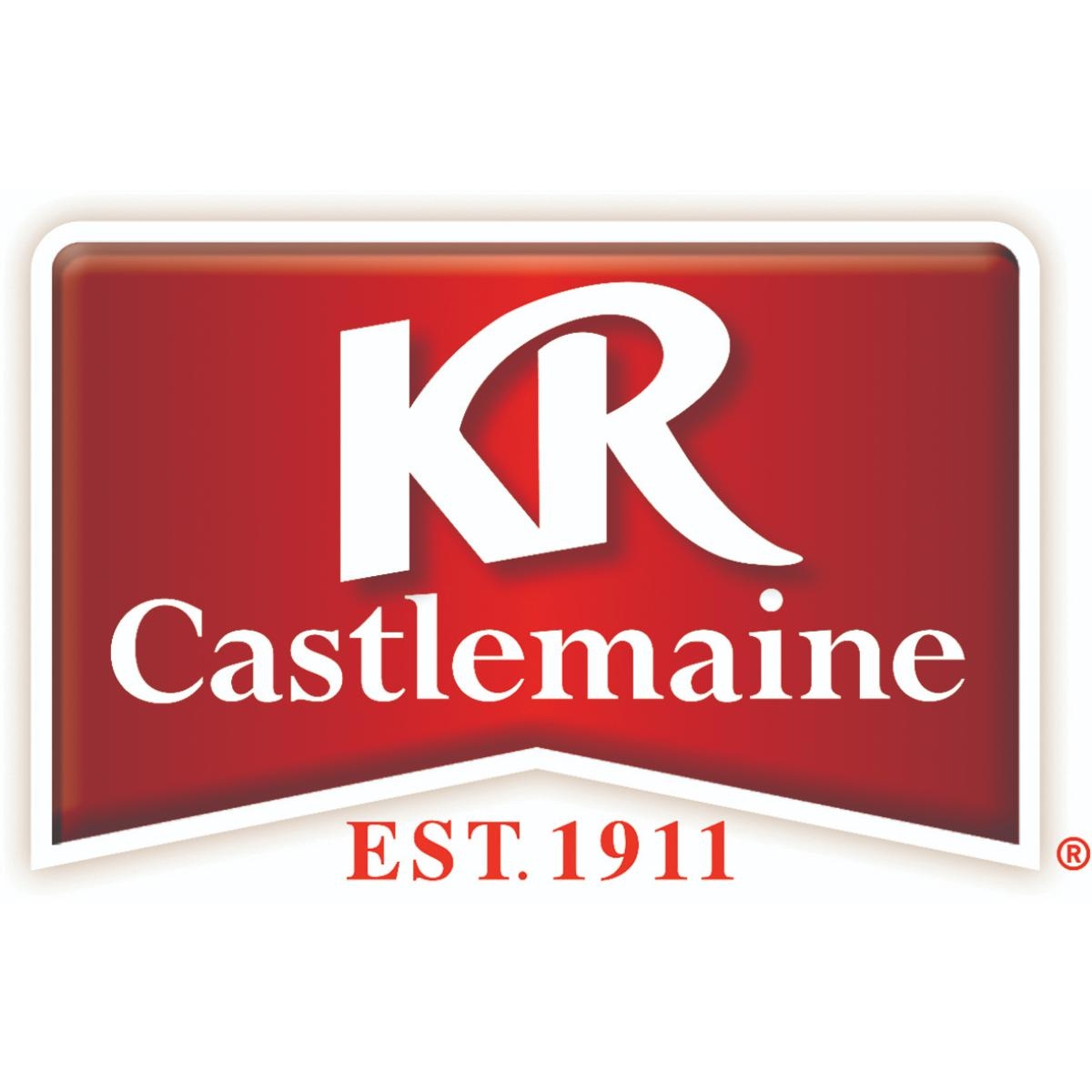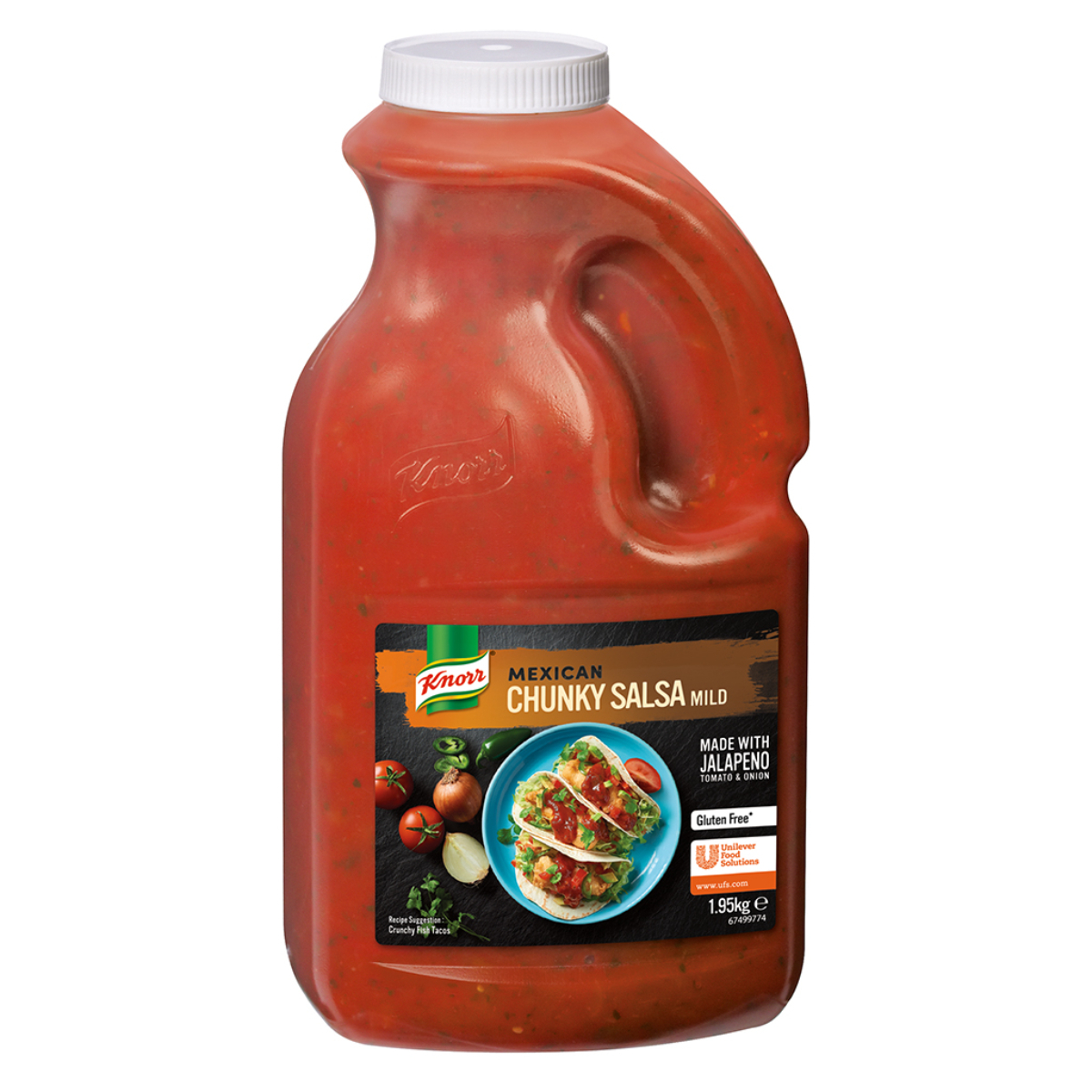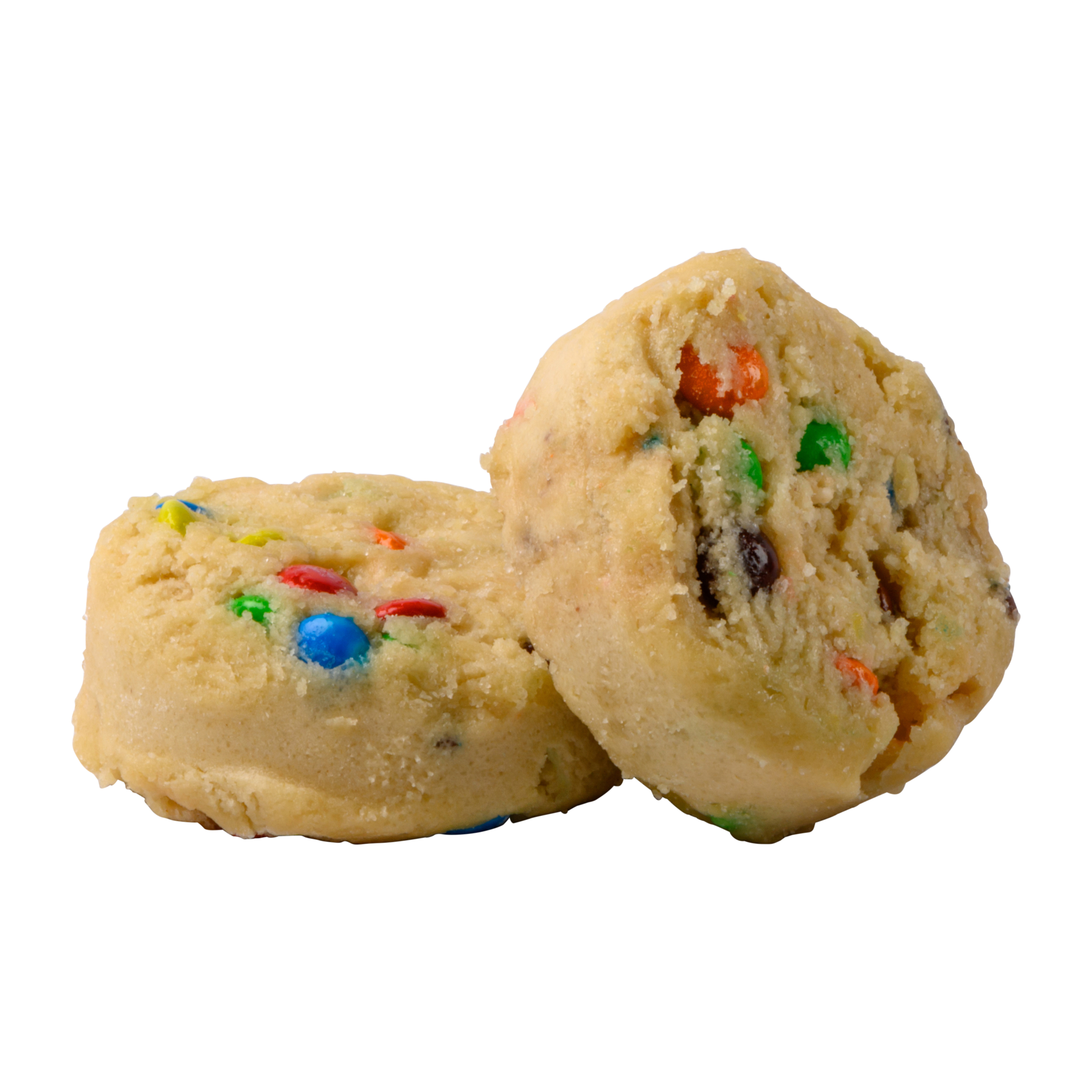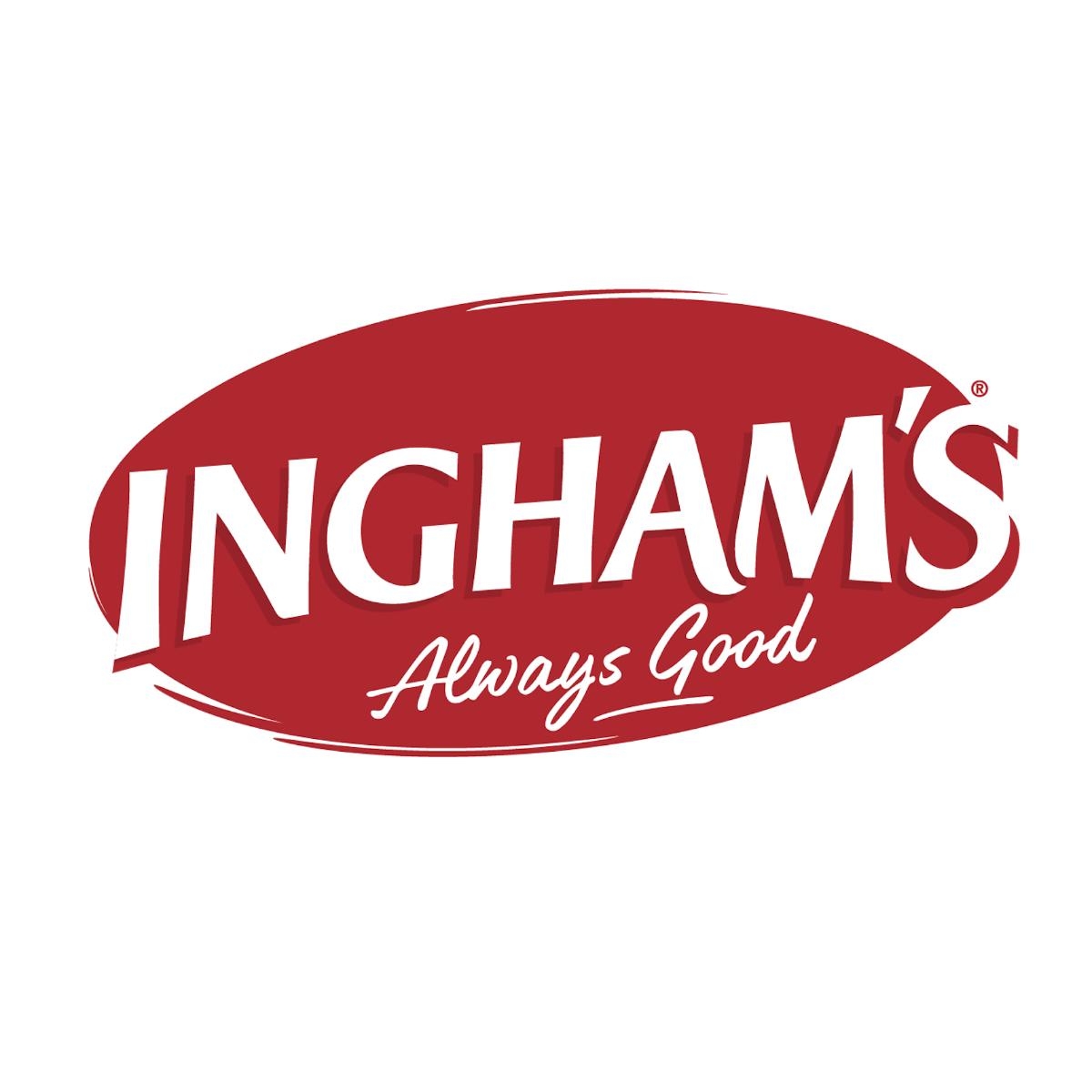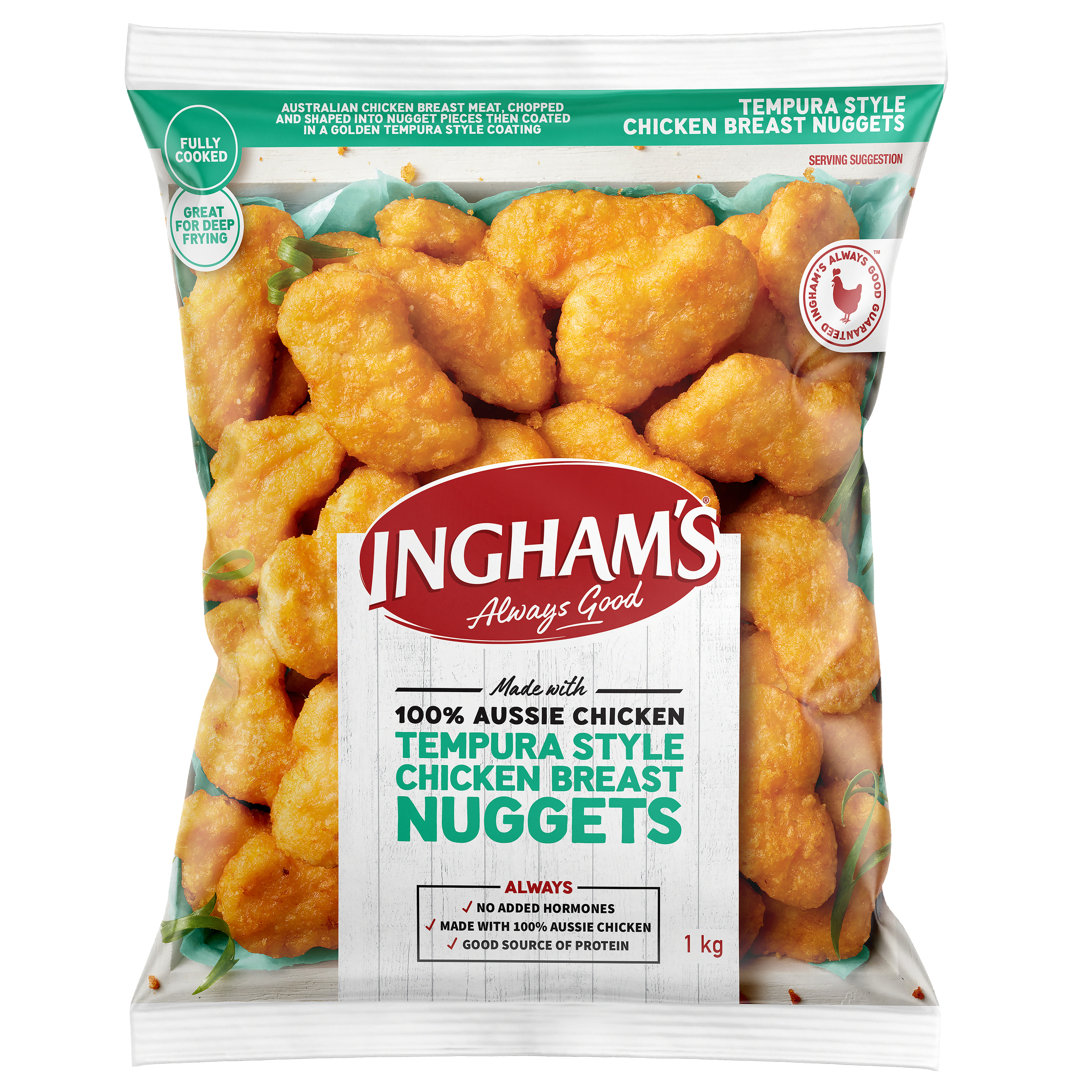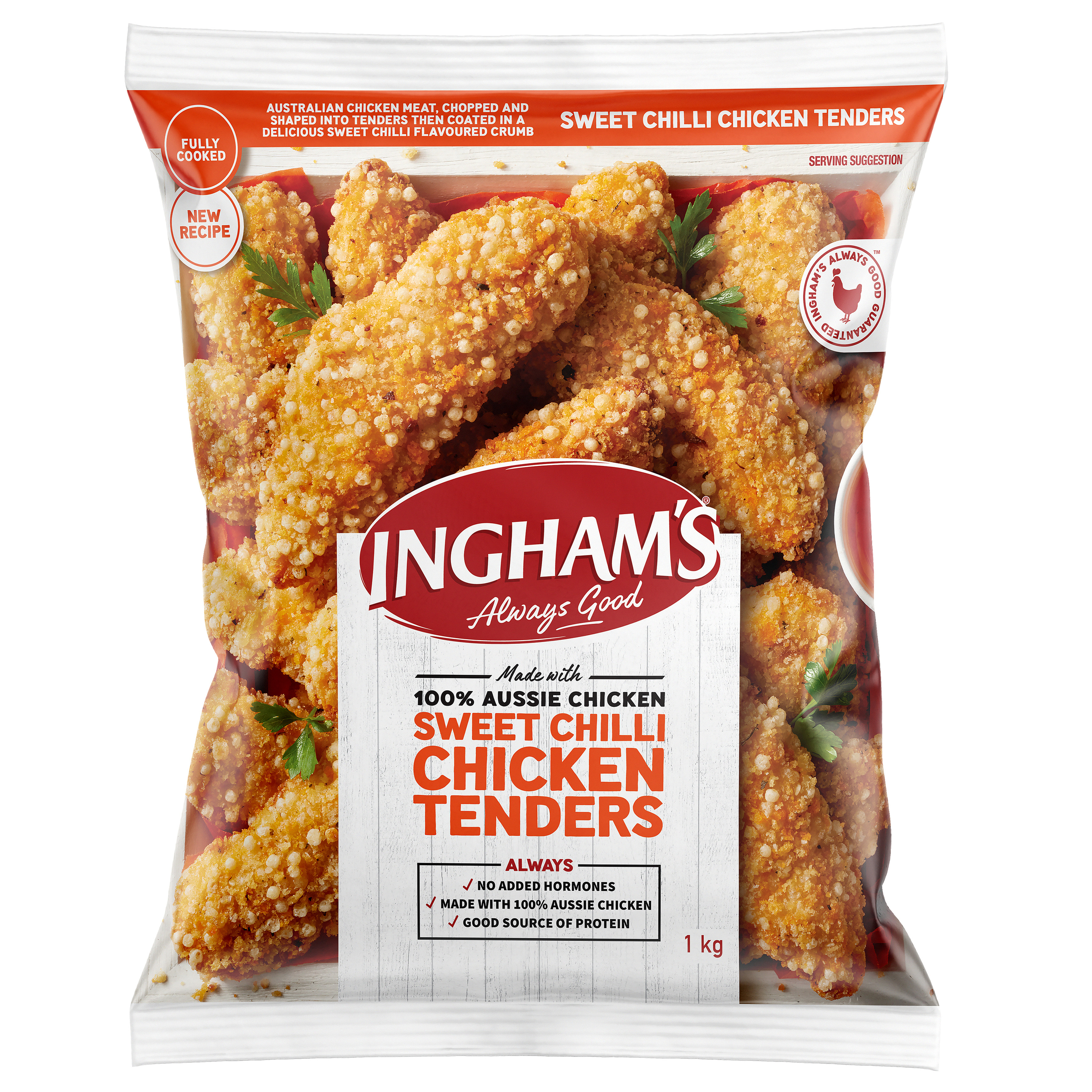Sam Hart, owner and operator of coffee van Farmstead in the Valley
Tipping in Australia has long been a divisive topic. While plenty of diners feel it is a way to express gratitude when a food experience exceeds expectations, many feel anxious when confronted with the tip prompt during card payment – feeling it as an added expectation rather than a discretionary extra. There is also some concern about how these electronic tips are shared out to staff and the implications for a business in terms of tax – as explored by Caleb Bond in this opinion piece. Tipping is still very much optional in Australia and hospitality wages are considered reasonable, despite cost-of-living increases. There is, however, also no doubt that tipping is on the decline. InSeason chats to three food service professionals for their perspective.
Cashless tipping is efficient but awkward
For Sam Hart, owner and operator of coffee van Farmstead in the Valley in Coffs Harbour, tipping has always been an awkward thing. She is of the firm belief that her service is always the same, no matter the customer and that tips – when they happen – should be optional and not prompted in any way.
“It’s awkward when it’s on the EFTPOS machine; I get really awkward myself. I don’t like tipping. I feel like it’s inbuilt in what things cost already – unless the service is really extraordinary, and I mean way off the charts. When I do tip, I want it to go directly to that waiter, not the whole venue. It’s hard now that so many things are cashless.”
The coffee vendor is well known by her regulars for her own chatty and bubbly service. Despite having no jar for tips or a tip option at her POS, she still does get the odd customer wanting to leave one. She’s appreciative when this happens, but by no means reliant on it.
“I don’t have anything displayed on the counter, no tip jar. If people want to leave a tip, it’s a choice they make and then it’s in cash. Sometimes they’ll just leave it on the counter, or they might ask ‘where’s your tip jar’ and we just say we don’t have one.”
While she does feel that there is less tipping in the current economic climate, a bigger effect would be the financial pressures that are seeing people cut back on their everyday coffee habits.
Distribution of tips varies from venue to venue
Over at Double Deuce Lounge in Sydney’s CBD, Sebastian ‘Cosmo’ Soto has been bartending for nearly 20 years and in hospitality even longer. “We definitely don’t have a culture of tipping in Australia,” he says. “And I think people are tipping even less now because we have such a cashless society.” While he’s speaking from the perspective of bartending, Double Deuce is known for their full table service. “We’re topping up your water, we’re bringing you drinks, you don’t have to do anything, so you are getting full service. But with no one carrying cash anymore there’s not that ‘here’s an extra $5 or a $10, thanks so much you were really great’, that part of it has gone,” he says, adding that the advent of the tip prompt on the EFTPOS machine is certainly something people feel awkward about, and that it almost kills the goodwill of a tip. He says it’s only the very forward-thinking few who will plan and leave a cash tip.
Soto says that the protocol for sharing out tips varies from venue to venue, but that at Double Deuce it’s divided evenly between staff. “Everyone is serving at our place, so everyone gets equal tips to the hours they worked. There’s a spreadsheet and algorithm. So, it’s all calculated that way.”
Any cash tips that are left are generally too small to divide, so they go into a pool used to reward staff in other ways.
Cost of living makes tipping a luxury
Like the Deuce team, tipping at Kid Kyoto restaurant in Sydney is almost all done through EFTPOS transactions.
“We barely get any cash tips today,” says restaurant manager Callum Maher. “It all goes into a spreadsheet – including the tips – with the hours people have worked. Twenty percent of tips go to the kitchen and eighty percent go to front-of-house. It’s divided by how many hours everyone worked.”
Much like Hart and Soto, Maher believes that tipping is on the decline, so it’s certainly not the answer to any business combating rising costs.
“It’s definitely factored into the understanding that we do get paid a good living wage here in Australia, so people feel we don’t have to tip,” says Maher, who began his career in the UK.
“But I think people are going out less as well, and venues are just not as busy as we used to be. People just aren’t going out to eat, and when they do, they’re being more cautious about what they spend. There just isn’t the luxury to tip right now. It’s a cost-of-living thing.”
Despite the decrease, Maher says the potential for tips is still something hospitality professionals think about when considering a role.
“Especially for front of house staff – if you work in a fine dining restaurant you’re going to get paid more,” he says “not because the hourly wage is different, but because the tipping will be better in certain venues. In some cases, you could get anything upwards of 10K [per year] on top of your wage.” Though that number is fluctuating with the current financial climate and is harder to gauge than ever.

